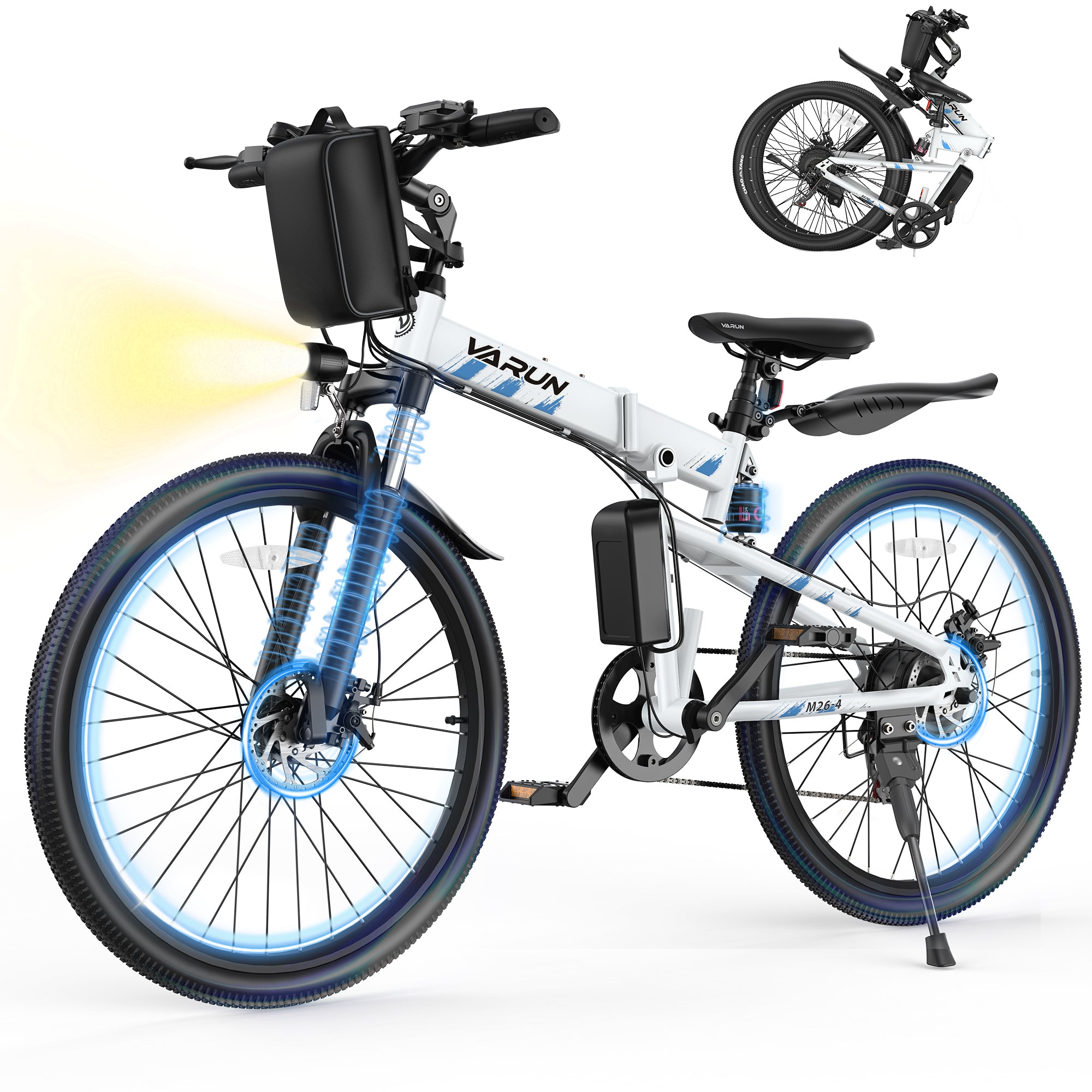Introduction
Electric bikes (e-bikes) are rapidly changing the way people commute, explore, and stay active. Whether you’re looking to save money on transportation or enjoy off-road weekend rides, e-bikes offer a unique blend of convenience and performance. But one of the first questions new buyers ask is: how much do e-bikes actually cost?
In this guide, we’ll break down e-bike pricing, explain what factors influence cost, and help you make an informed decision that matches your needs and budget.
E-Bike Price Ranges
E-bikes come in a wide range of prices, typically falling into three categories:
1. Entry-Level E-Bikes ($600–$1,000)
Perfect for beginners or casual riders. These bikes typically feature smaller motors (250W–500W), basic components, and may lack suspension. They’re ideal for short-distance city commuting.
2. Mid-Range E-Bikes ($1,000–$2,000)
These models offer better performance, longer range (thanks to larger batteries), and upgraded components such as disc brakes and gear systems. They suit regular commuters and light off-road use.
3. High-End and Performance E-Bikes ($2,000 and up)
Designed for enthusiasts and serious riders, these bikes feature powerful motors (up to 1000W+), full suspension, large capacity batteries, fat tires, and advanced electronics. They excel in off-road or long-distance scenarios.
What Affects the Price of an E-Bike?
Several core components and design factors influence how much you’ll pay for an electric bike:
| Motor Power & Type | Mid-drive motors are more efficient and expensive than hub motors. Wattage also affects cost and performance |
| Battery Capacity | Higher capacity batteries (measured in Ah or Wh) allow longer rides and increase the price |
| Frame Material | Aluminum and carbon fiber are lighter but cost more than steel |
| Suspension System | Full-suspension bikes cost more than hardtail or rigid frame options |
| Brand Reputation | Established brands like ENGWE or RIDSTAR offer better reliability and service—but at a premium |
| Tech Features | LCD displays, app connectivity, hydraulic brakes, and integrated lighting systems also raise the price |
Cost VS Value: How to Choose Wisely
Choosing the right e-bike isn’t just about the price tag—it’s about finding the best value for your specific needs.
| Urban Commuters | Look for mid-range bikes with good battery range, lightweight design, and solid after-sales support |
| Adventure Riders | Invest in fat-tire bikes with high torque motors, long-lasting batteries, and strong frames |
| Budget-Conscious Buyers | An entry-level bike may do the trick if your rides are short and simple, but check for warranty and part availability |
Are Budget E-Bikes Worth It?
Cheaper e-bikes often come with trade-offs: limited range, weaker brakes, lower-quality components, and fewer support options. However, for light use and casual riders, they can be a great entry point into the world of e-bikes—especially if you’re buying from a reputable seller like GZRider.com that offers warranty and parts backup.
Final Thoughts
E-bike prices can vary widely, but with the right knowledge, you can confidently find a model that fits both your riding goals and your budget. At GZRider.com, we offer a carefully curated selection of e-bikes across all price points—each backed by warranty, after-sales support, and fast shipping.









Aktie:
How Fast Can E-Bikes Go?